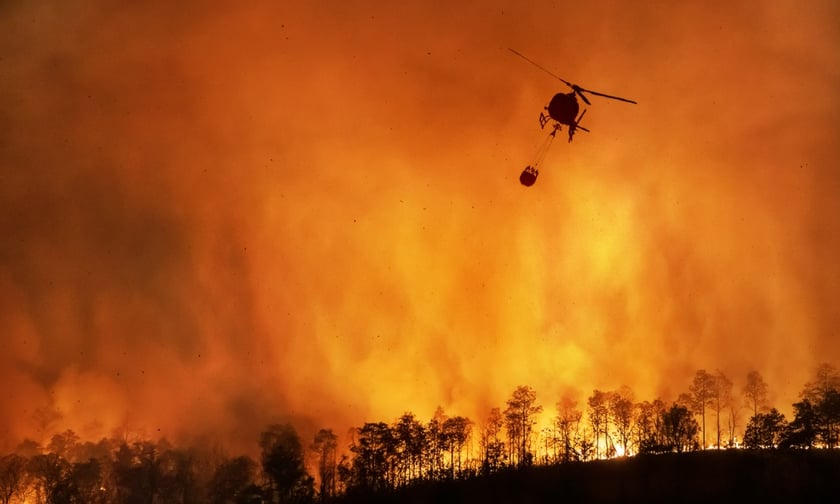

The Insurance Bureau of Canada (IBC) is reporting that the wildfire in Tantallon, Nova Scotia, caused approximately $165 million in insured damages, according to initial estimates provided by Catastrophe Indices and Quantification Inc.
Ninety percent of claims that were filed in the aftermath of this catastrophic wildfire were personal property claims.
Sixteen thousand people were forced to evacuate their homes because of the wildfire, while thousands more were left without power. Officials have confirmed that at least 200 properties were damaged or destroyed as a result, 151 being residential homes. The fire was active from May 28 to June 4, 2023.
Amanda Dean, vice president, Atlantic, at IBC said that severe weather events serve “as a reminder of the increasing financial vulnerability of many Canadians due to natural catastrophes and other severe weather events.”
“As the frequency and severity of weather events such as wildfires continue to increase in Atlantic Canada, so too do the financial costs borne by insurers and taxpayers,” Dean said.
Insured damages incurred by severe weather in Canada now routinely exceed $2 billion annually. 2022 was the third worst year on record, with $3.1 billion in insured damage.
Between 2001 and 2010, national insurers averaged $675 million a year in losses due to severe weather, meaning there has been a steep increase.
In other IBC news, the organization recently named Alberta one of the riskiest provinces to live in due to severe weather incidents. The wildfires that ravaged throughout the province in May to June caused a reported $700 million total losses while destroying 1.5 million hectares of land.
Floods and tornado activity have also caused losses, causing insurance premiums to skyrocket as a result.
